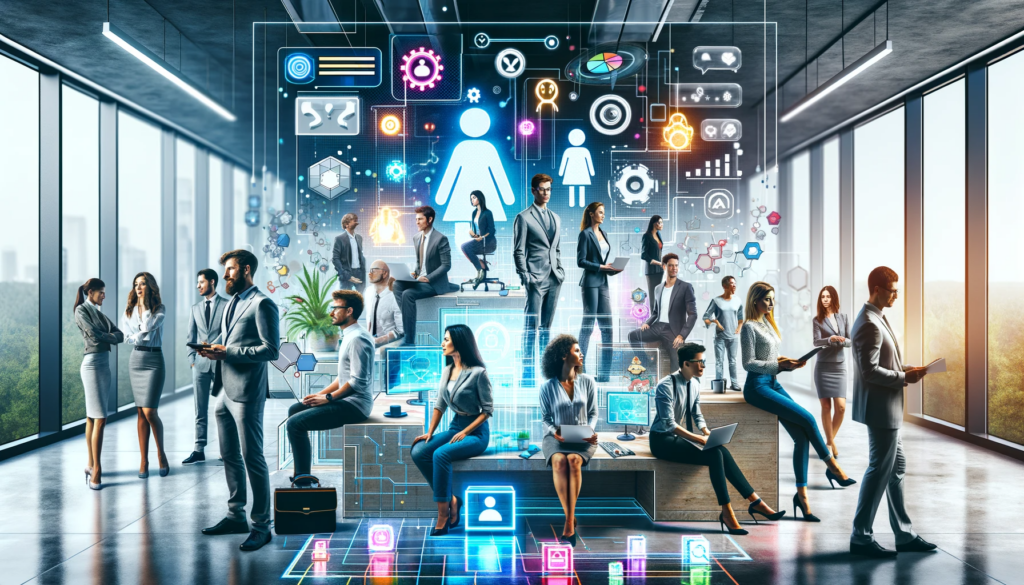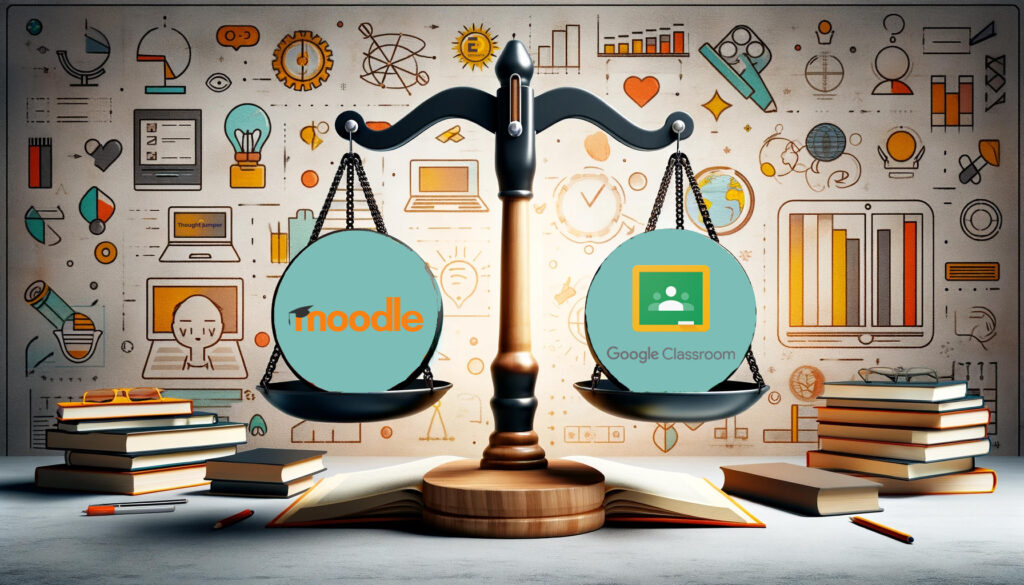Adapting to Change
Agile Learning & Development Strategies for the Modern Workplace

Introduction
In today’s rapidly changing business landscape, organizations are challenged to adapt to new technologies, market trends, and customer demands. The COVID-19 pandemic has further emphasized the need for adaptability, making agile learning and development strategies crucial for success. Agile learning, derived from software development, emphasizes flexibility, continuous improvement, and rapid skill acquisition. By integrating learning experiences throughout the employee lifecycle, organizations foster a culture of continuous learning, enabling them to respond quickly to changing business needs, engage employees, optimize costs, and stay agile. This blog explores the importance of agile learning, effective strategies to adapt to change, and the role of digital learning technologies in providing accessible and flexible learning opportunities. Embracing agile learning empowers organizations to thrive in a dynamic environment, equipping their workforce with the skills to navigate change and drive continuous success.
The Need for Agile Learning & Development
Traditional linear approaches, such as ADDIE (Analyze, Design, Develop, Implement, and Evaluate), have their merits, but they often lack the speed and flexibility required for effective workplace learning. This is where agile learning and development comes into play, enabling organizations to leverage technology and foster a culture of continuous learning.
The business world is experiencing constant transformation, driven by technological advancements, market disruptions, and shifting customer expectations. This rapid pace of change poses significant challenges for organizations. Traditional learning and development approaches that rely on rigid, inflexible structures are no longer sufficient to keep up.
Agile learning breaks down the learning process into manageable blocks, providing valuable feedback after each module and fostering flexibility, efficiency, and improved communication. To create an agile learning culture, organizations should establish a clear vision for learning and development, involve key stakeholders, promote peer and social learning, adopt microlearning strategies, allow for breaks in learning, and leverage available technology such as LXPs or LMSs. By implementing these strategies, organizations empower employees to engage in personalized and collaborative learning experiences, leading to increased engagement, knowledge retention, and overall learning effectiveness.
Key Components of Agile Learning & Development
Agile learning and development revolve around the key components of flexibility, speed, and collaboration. Flexibility enables adaptation and responsiveness to changing circumstances. Speed emphasizes the timely acquisition of knowledge and skills. Collaboration promotes teamwork, knowledge sharing, and collective learning.
1. Flexibility: Agile learning and development prioritize flexibility, which refers to the ability to adapt and respond to changing circumstances and requirements. In an agile L&D context, flexibility means being open to new ideas, embracing change, and adjusting learning approaches as needed. It involves a willingness to explore alternative methods, tools, or strategies to achieve desired learning outcomes. Agile learners and development teams are flexible in their thinking, allowing them to quickly adapt to emerging trends, technologies, and market demands.
2. Speed: Speed is another key component of agile learning and development. It emphasizes the importance of delivering learning solutions and acquiring knowledge and skills in a timely manner. Agile L&D processes utilize short, focused cycles known as sprints to accelerate learning and development. These sprints typically last for a few weeks, enabling learners to achieve specific learning objectives within a shorter time frame. The emphasis on speed allows individuals and organizations to stay ahead of the curve, respond rapidly to changes, and seize new opportunities.
3. Collaboration: Collaboration plays a vital role in agile learning and development. It involves actively engaging with others, such as peers, mentors, subject matter experts, or stakeholders, to share knowledge, ideas, and feedback. Agile L&D promotes collaborative learning environments where individuals work together, leveraging their diverse perspectives and expertise. Collaboration enhances problem-solving abilities, fosters creativity, and promotes collective learning. By collaborating, learners can tap into a broader range of insights and experiences, leading to more effective and efficient learning outcomes.
Implementing Agile Learning & Development Strategies
Define a Clear Vision: Start by defining a clear vision for your organization’s learning and development initiatives. Determine the goals, objectives, and desired outcomes of your agile learning strategy. This vision will serve as a guide throughout the implementation process.
Involve Key Stakeholders: Engage key stakeholders, including executives, managers, HR professionals, and employees, in the design and implementation of your agile learning strategy. Seek their input and involve them in decision-making processes. This collaborative approach ensures buy-in, fosters a sense of ownership, and increases the likelihood of success.
Foster a Culture of Continuous Learning: Create a culture that values and supports continuous learning. Encourage employees to embrace new ideas, experiment, and learn from failures. Recognize and reward learning efforts and achievements. Promote a growth mindset that encourages individuals to continuously develop their skills and knowledge.
Promote Peer and Social Learning: Facilitate peer and social learning opportunities within your organization. Encourage employees to share their knowledge, expertise, and experiences with one another. Establish communities of practice, learning circles, or mentorship programs that enable collaborative learning and knowledge sharing.
Adopt Microlearning Strategies: Implement microlearning as part of your agile learning approach. Break down learning content into bite-sized, focused modules that can be easily consumed. Deliver these modules through various mediums such as videos, quizzes, infographics, or interactive simulations. Ensure that microlearning resources are easily accessible and available when employees need them.
Allow for Breaks in Learning: Recognize that learning is not a linear process and that breaks are essential for reflection, assimilation, and application of knowledge. Provide employees with dedicated time and space for learning, allowing them to pause, reflect, and apply what they have learned. This flexibility ensures that learning is integrated into daily work routines and becomes a continuous and iterative process.
Leverage Digital Learning Technologies: Embrace digital learning technologies to support your agile learning and development initiatives. Implement Learning Experience Platforms (LXPs) or Learning Management Systems (LMSs) to provide accessible and personalized learning experiences. Utilize virtual collaboration tools to facilitate knowledge sharing and teamwork. Leverage mobile learning apps to enable learning on-the-go.
Emphasize Feedback and Continuous Improvement: Incorporate feedback loops into your agile learning strategy. Gather feedback from learners, managers, and stakeholders to assess the effectiveness of learning initiatives and make necessary improvements. Regularly review and refine your learning programs to align with changing business needs and emerging trends.
Measure and Evaluate: Establish metrics and evaluation methods to measure the impact and effectiveness of your agile learning and development strategies. Track key performance indicators such as learner engagement, knowledge retention, skills acquisition, and business outcomes. Use this data to identify areas for improvement and make data-driven decisions.
Iterate and Adapt: Agile methodologies embrace the concept of iteration and adaptation. Continuously evaluate your agile learning strategy, gather feedback, and make iterative adjustments as needed. Stay agile and responsive to changing business needs, emerging technologies, and learner requirements.
Leveraging Technology for Agile Learning & Development
Digital learning technologies have revolutionized the way organizations approach learning and development. They play a crucial role in enabling agile learning strategies by providing accessible and flexible learning opportunities. Here are some ways digital learning technologies support agile learning and development:
Learning Experience Platforms (LXPs): LXPs offer a personalized and engaging learning experience. They provide a central hub where learners can access a wide range of content, including e-learning modules, videos, podcasts, and interactive assessments. LXPs use algorithms and analytics to recommend relevant learning resources based on individual preferences and learning objectives. By leveraging LXPs, organizations can empower learners to take control of their learning journey, explore topics of interest, and acquire skills at their own pace.
Learning Management Systems (LMSs): LMSs serve as the backbone of an organization’s learning infrastructure. They enable the efficient management, delivery, and tracking of learning activities. LMSs facilitate the creation and distribution of online courses, virtual classrooms, and assessments. They also provide features for tracking learner progress, generating reports, and evaluating the effectiveness of learning initiatives. LMSs enhance the scalability and accessibility of learning programs, making them essential for agile learning and development.
Microlearning: Microlearning involves delivering bite-sized, focused learning content that can be consumed quickly. Digital learning technologies support the implementation of microlearning strategies by providing platforms to create and deliver microlearning modules. These modules can take the form of short videos, quizzes, infographics, or interactive simulations. Microlearning enables learners to acquire knowledge in small increments, fitting learning into their busy schedules. It promotes just-in-time learning, where employees can access information when they need it, leading to better knowledge retention and application.
Virtual Collaboration Tools: Agile learning and development emphasize collaboration and knowledge sharing. Digital learning technologies facilitate virtual collaboration through tools like discussion forums, social learning platforms, and video conferencing software. These tools enable learners to connect with peers, subject matter experts, and mentors, regardless of geographical boundaries. Virtual collaboration fosters teamwork, promotes the exchange of ideas, and encourages collective problem-solving.
Mobile Learning: Mobile devices have become ubiquitous, providing opportunities for on-the-go learning. Digital learning technologies leverage mobile learning apps and responsive design to deliver learning content that is accessible across various devices. Mobile learning enables learners to engage in learning anytime, anywhere, making it convenient and flexible. It supports agile learning by ensuring that employees can access learning resources even when they are not at their desks.
Edvanta’s Transforming Solutions: Enabling Agile Learning in Organizations
Edvanta Technologies offers comprehensive solutions to help organizations adapt to agile learning and development. With their expertise in learning technologies, they can assist organizations in implementing and integrating Learning Management Systems (LMS) and Learning Experience Platforms (LXP) that support agile learning strategies. Edvanta Technologies can also provide content development and curation services, develop mobile learning solutions, optimize virtual collaboration tools, enable analytics and reporting, and offer customized consultation to ensure successful adoption and implementation of agile learning practices. By partnering with Edvanta Technologies, organizations can foster a culture of continuous learning, improve workforce skills, and thrive in today’s rapidly changing business environment.
Conclusion
In today’s rapidly changing business landscape, organizations must embrace agile learning and development strategies to adapt to new technologies and market trends. Agile learning prioritizes flexibility, speed, and collaboration, enabling organizations to respond quickly to change and engage employees. Key components of agile learning include flexibility, speed, and collaboration, fostering a culture of continuous learning. To implement agile learning, organizations should define a clear vision, involve stakeholders, promote peer and social learning, adopt microlearning, leverage digital learning technologies, and emphasize feedback and improvement. Digital learning technologies, such as LXPs and LMSs, support agile learning by offering personalized experiences and efficient management of learning activities. Edvanta Technologies provides comprehensive solutions to help organizations implement agile learning, including LMS and LXP integration, content development, mobile learning, virtual collaboration, and analytics. By embracing agile learning, organizations can thrive in a changing world, optimize costs, engage employees, and drive innovation.
Embrace Agile Learning for Success with Edvanta
Contact us today and let our experts guide you towards optimizing your learning and development with agile strategies.




